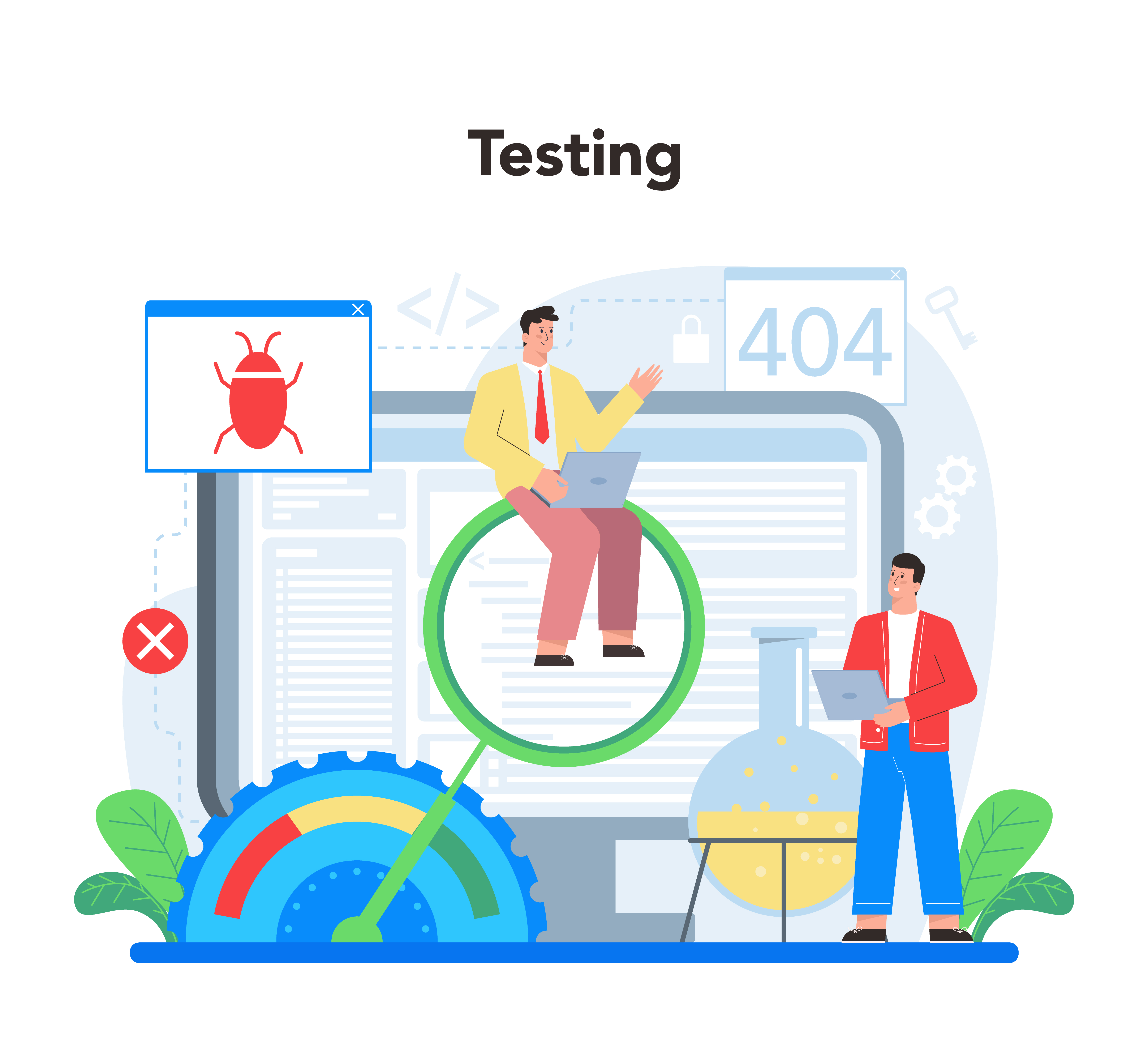
Implementing Test Automation with AI
Solutions & Features of AI-Based Test Automation
AI enhances automation tools by introducing intelligence and adaptability. Here's what it brings to the table:
Self-healing tests: AI can detect and repair broken tests automatically due to UI changes or DOM structure updates.
Predictive analytics: Machine learning models can predict potential failure areas based on historical test data.
Smart test generation: AI analyzes code and user flows to auto-generate relevant test cases.
Intelligent test prioritization: Instead of running all tests, AI ranks and executes the most critical ones first.
Natural language processing: AI allows non-technical users to write test cases in plain English.
Visual validation: AI-powered visual testing tools detect subtle UI shifts or inconsistencies better than traditional pixel-by-pixel comparison.
Use Cases
AI-powered automation tools can be leveraged across multiple testing scenarios:
Regression Testing: Automatically updates scripts and maintains stability during frequent code changes.
UI Testing: AI helps identify dynamic element locators and improves UI coverage.
API Testing: Learns from endpoint behaviors to suggest better assertions.
Performance Testing: Predicts system load issues and auto-adjusts testing parameters.
Cross-browser & Device Testing: AI ensures better test coverage by learning usage trends and targeting critical environments.
Process: How to Implement AI in Test Automation
1. Assess Testing Maturity & Identify Gaps
Evaluate your current testing framework. Identify areas where test maintenance, execution time, or coverage is lagging. Choose candidates for AI integration like flaky tests or redundant test cases.
2. Choose the Right AI-Powered Tools
Select AI-enabled tools based on your needs. Examples include:
Testim for self-healing tests
Applitools for visual AI testing
Functionize for NLP-driven test creation
Mabl for intelligent web and API testing
Selenium + AI layers (via plugins or custom ML models)
3. Integrate AI into Your Existing CI/CD Pipeline
Ensure the AI tools can plug into your DevOps workflow. Use APIs or plugins to integrate with platforms like Jenkins, GitLab, or Azure DevOps.
4. Train the AI Models (Where Applicable)
Some tools allow customization through ML training. Feed historical test data, defect logs, and usage analytics to improve prediction accuracy and test prioritization.
5. Monitor and Optimize Performance
Track metrics like test pass rate, execution time, false positives, and defect leakage. Use dashboards to fine-tune AI behavior over time.
6. Scale Across Teams
Once stabilized, expand AI testing adoption across different QA teams and application modules. Offer training on new AI-enhanced workflows.
Why Choose AI for Test Automation?
🚀 Faster Releases: Automate complex test suites with minimal human effort.
🔁 Adaptability: Self-healing tests adapt to UI and logic changes in real-time.
📊 Improved Coverage: AI fills testing gaps you might miss manually.
🧠 Smarter Decision-Making: Get insights into risk areas and flaky tests.
💸 Cost Efficiency: Reduce time and resource costs by minimizing redundant test runs and maintenance.


